Shoguns of Japan: Stories of Power, Peace and Edo Castle
- Blogs, History
- June 11, 2025
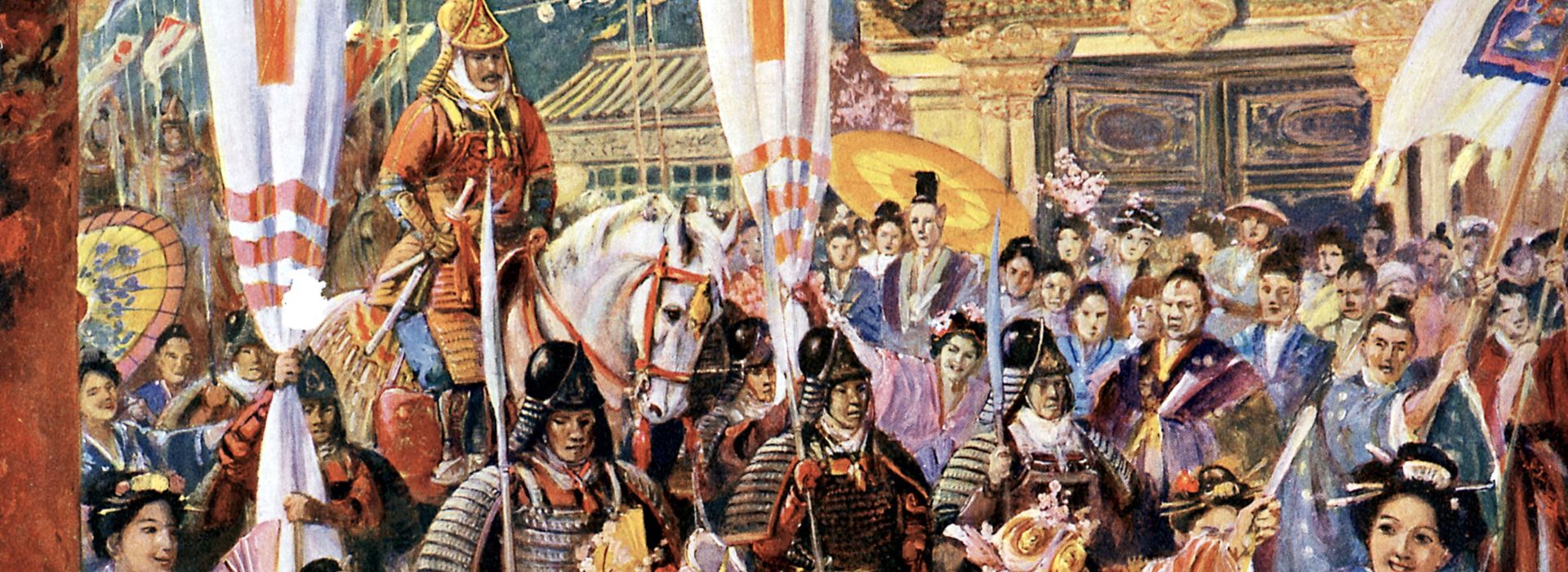
In the grand tapestry of Japan’s history, few chapters shine as brightly as the era of the shoguns. These military rulers shaped centuries of governance, culture, and tradition, often ruling behind the symbolic power of the emperor. Among the most influential was Tokugawa Ieyasu, the shogun who would unite Japan and usher in an era of remarkable peace known as the Edo period.
But his rise to power was anything but peaceful.
A Decisive Battle that Changed Japan
The story begins in 1600 at the Battle of Sekigahara, one of the most defining moments in Japan’s feudal era. Warlords across the nation fought for control, each vying to become the ultimate power. Tokugawa Ieyasu, a shrewd strategist, emerged victorious in this brutal clash. His triumph wasn’t just a military success—it was the dawn of a new order.
With this victory, Ieyasu solidified his position and, three years later, was appointed shogun by the emperor. This marked the beginning of the Tokugawa Shogunate, which would rule Japan for over 250 years. It was a time of strict social order, flourishing culture, and, most notably, national peace.
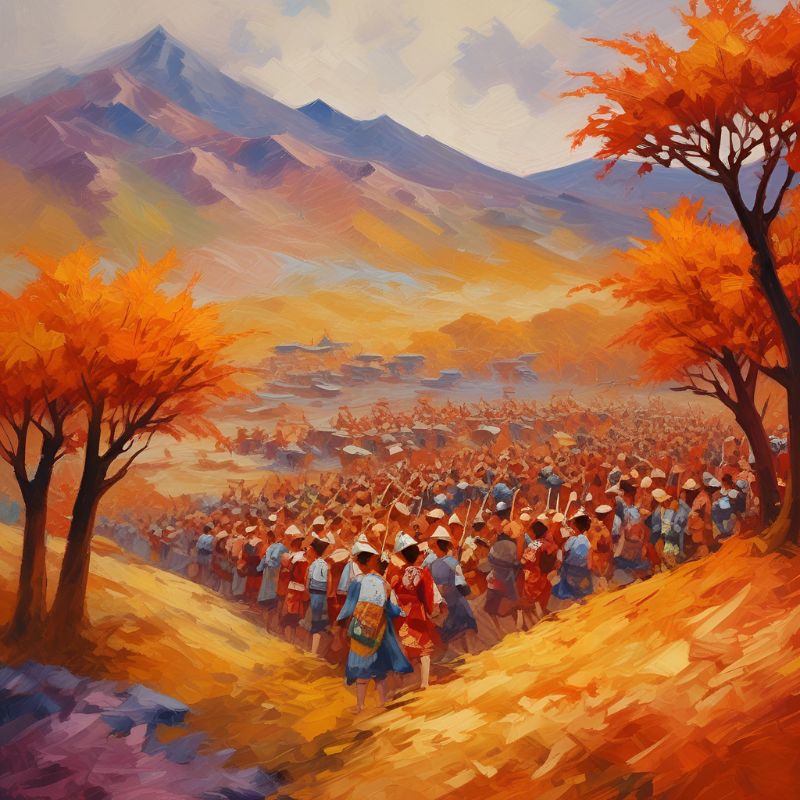
Edo Castle: The Seat of Shogunate Power
The heart of Tokugawa’s rule was Edo Castle, located in what is now Tokyo. More than just a fortress, Edo Castle became the political and administrative hub of Japan. Its towering stone walls, wide moats, and sprawling grounds stood as a symbol of unshakable authority.
Walking through the grounds today, now known as the East Gardens of the Imperial Palace, you can still trace the legacy of the Tokugawa shoguns. Stone foundations of the old castle tower, imposing gates, and the remains of samurai guardhouses paint a vivid picture of life in the shogun’s court.
As you stroll past ancient trees and quiet ponds, you can almost hear the footsteps of samurai, the distant sounds of court ceremonies, and the pulse of a city that grew around this power centre.
The Shogun's Rule: Order Over Chaos
Tokugawa Ieyasu’s leadership was marked by careful governance. He introduced a rigid class system, limited the movement of daimyo (regional lords), and isolated Japan from foreign influence. These policies, though strict, stabilised the nation after centuries of conflict.
While the shogunate controlled political life, culture quietly bloomed. The Edo period saw the rise of kabuki theatre, the art of ukiyo-e woodblock prints, and refined forms of tea ceremonies and poetry.
Behind the strict codes, life in Edo (modern-day Tokyo) thrived in bustling markets, riverside teahouses, and vibrant street festivals. It was a city where order ruled by day, but joy unfolded in the lanes by night.
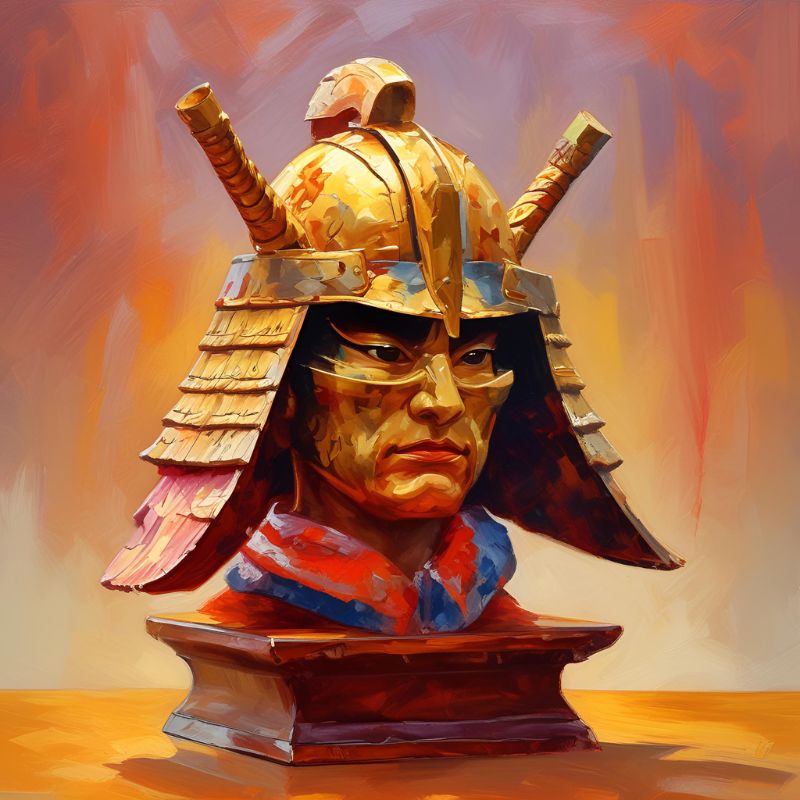
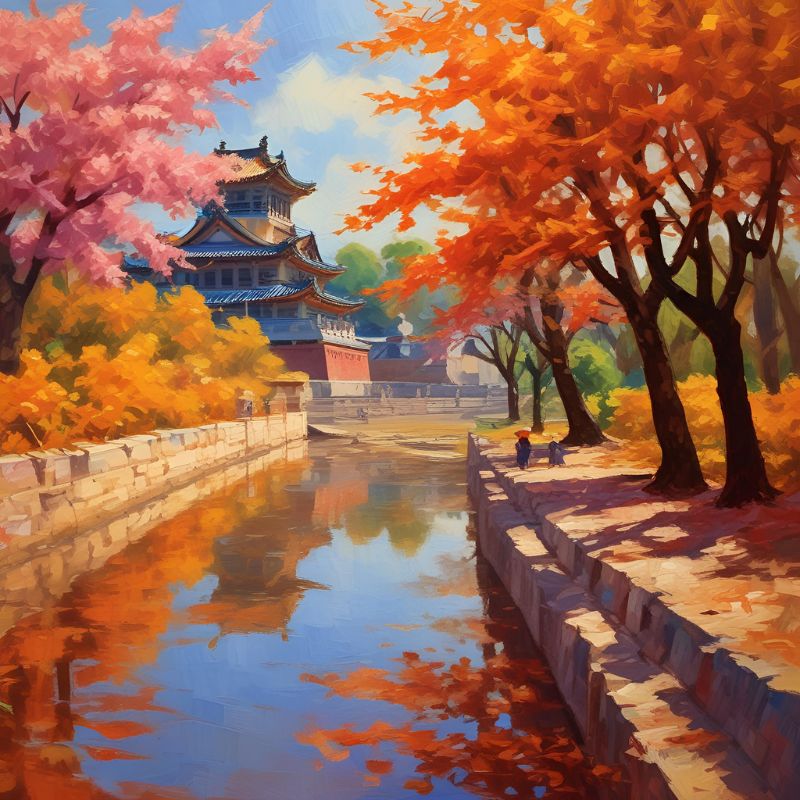
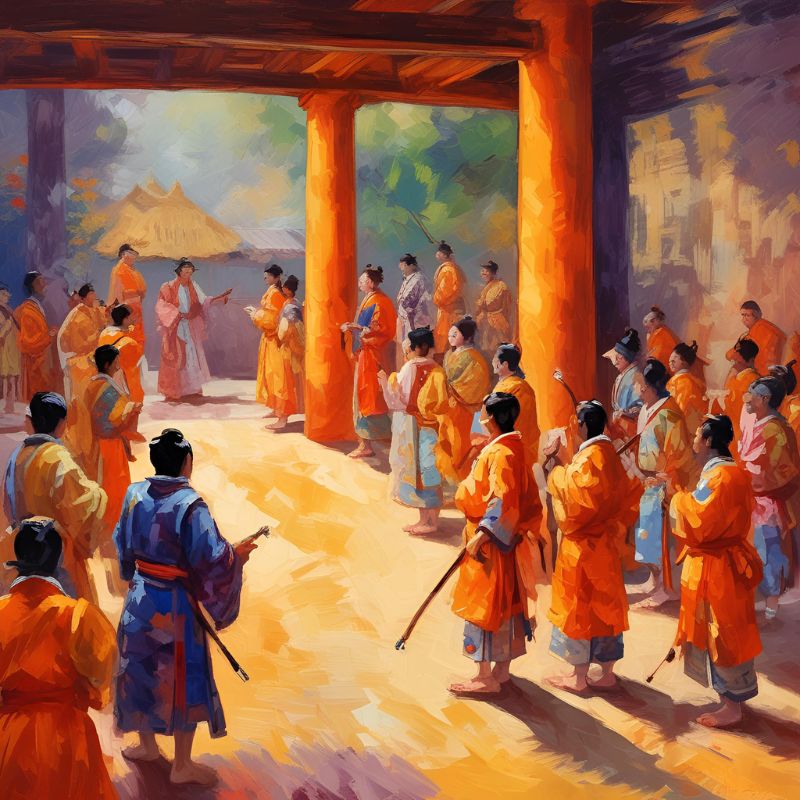
Visiting Edo Castle Today
The modern Imperial Palace stands where Edo Castle once dominated the skyline. Though much of the original castle was destroyed over time, the East Gardens remain a window into Japan’s feudal past.
Visitors can walk the Ninomaru Garden’s winding paths, stand atop the ancient stone bases of the donjon (castle keep), and pass through majestic gates that once guarded shogunate secrets. It’s a place where history lingers in the air, waiting to be rediscovered.
Exploring Edo Castle’s grounds is more than just a historical visit; it’s a chance to walk alongside the echoes of the shoguns, to understand how one battle, one castle, and one ruler shaped Japan’s destiny for centuries.
For travellers drawn to Shogun history in Japan, a visit to Edo Castle is more than a walk through ruins — it’s a journey into the heart of the Edo period and the legacy of the Tokugawa Shogunate. Today, the castle grounds remain one of the most important historic Tokyo landmarks, inviting visitors to explore the blend of power, culture, and tradition that shaped Japan. If you’re planning to visit Edo Castle, make time to immerse yourself in its layered past — it’s an experience that connects modern Tokyo with its remarkable Shogun heritage.
